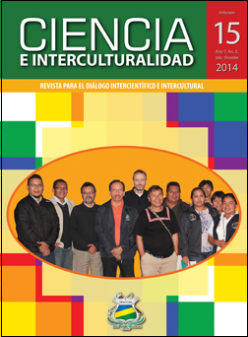Almond tree population status as an indicator of habitat availability Lapa Verde in Southeast Nicaragua
DOI:
https://doi.org/10.5377/rci.v15i2.1922Keywords:
Dipteryx panamensis, Ara ambiguus, habitat, spatial distribution, traditional use, southeast of NicaraguaAbstract
The research was done in seven communities in the southeast of Nicaragua, in order to determine the current condition of almond-tree population (Dipteryx panamensis), as an indicator of potential habitat for the Green Macaw (Ara ambiguus). 21 plots of 1ha each were sampled, by establishing three plots per community. Community people were also interviewed to determine their relationship with the species object of study. In the sampled plots, a total of 93 almond-trees were counted with Diameter at Breast Height (DBH's) ≥70cm, representing an average density of 4.4 almond-trees/ha. Potential threats were also identified to the species subject of study and its particularity with the communities and ethnic groups. The results of Generalized Linear Models (GLM) and the analysis of correlation, indicate that in the study area, it is not the size or diameter of the almond trees that maintains the green macaws populations, but what influences much is the density of individuals with DAP≥70cm, the level of isolation of the community and the amount and type of uses that the community people gives to the tree. According to Maxent models, on the surroundings of 5 communities (La Bijagua, Bartolo, Indian River, Corn River and Point of Rock) it offers viable conditions for the distribution of potential habitat for almond-tree and thus, for green macaws.Downloads
Download data is not yet available.
Abstract
1171
1171
PDF (Español (España)) 789
HTML (Español (España)) 774
EPUB (Español (España)) 181
Resumen (Audio) (Español (España)) 153
Abstract (Audio) 155
HTML (Español (España)) 774
EPUB (Español (España)) 181
Resumen (Audio) (Español (España)) 153
Abstract (Audio) 155
Downloads
Published
2015-05-15
How to Cite
Dans, A., Luna, G., & Jordan, C. (2015). Almond tree population status as an indicator of habitat availability Lapa Verde in Southeast Nicaragua. Ciencia E Interculturalidad, 15(2), 114–124. https://doi.org/10.5377/rci.v15i2.1922
Issue
Section
Environment and Natural Resources
License
Copyright © (URACCAN)

This journal is licensed under a Creative Commons Attribution-NonCommercial-NoDerivatives 4.0 International License.
This license allows others to download the works and share them with others, as long as their authorship is acknowledged, but they can not be changed in any way nor can they be used commercially.




